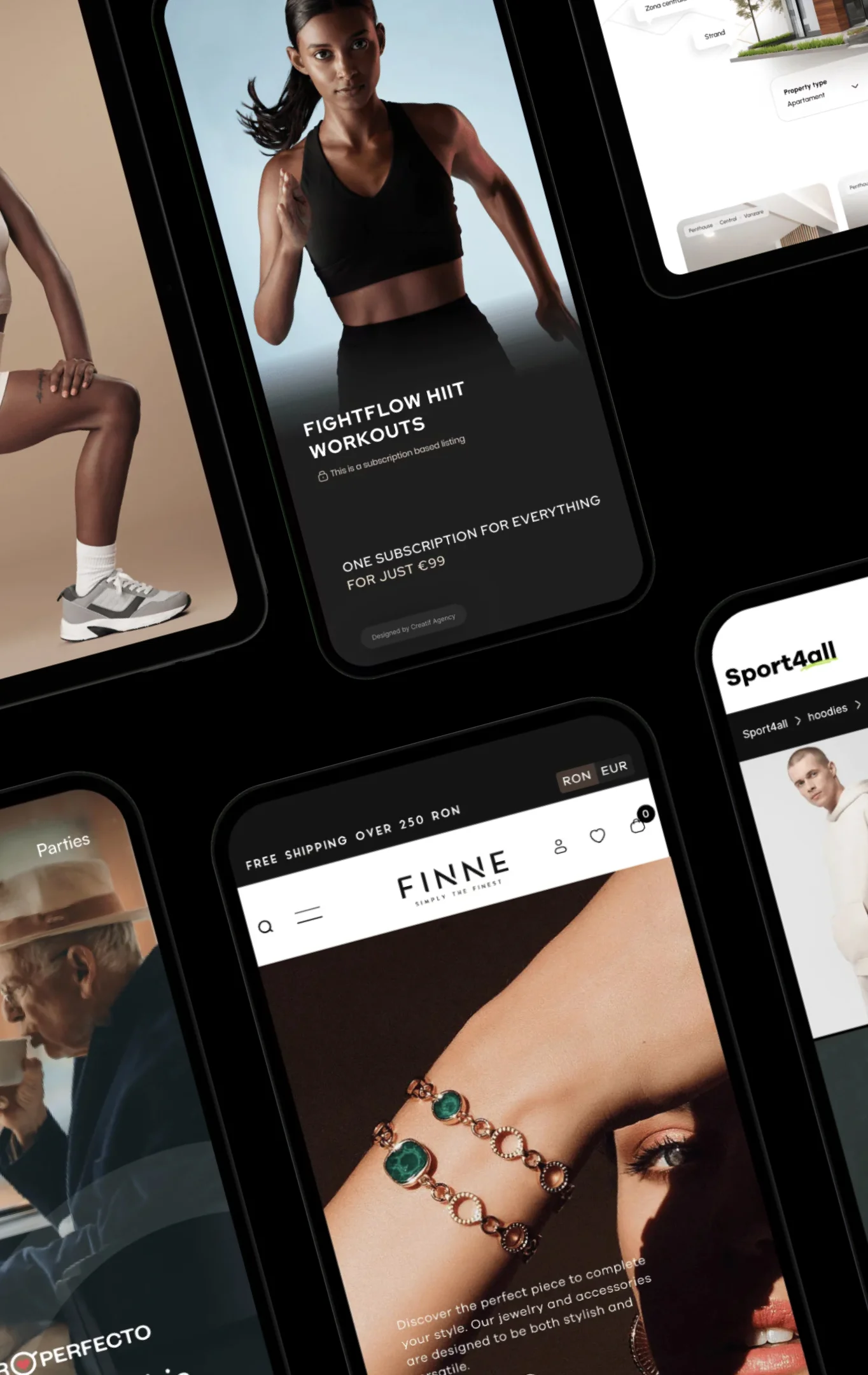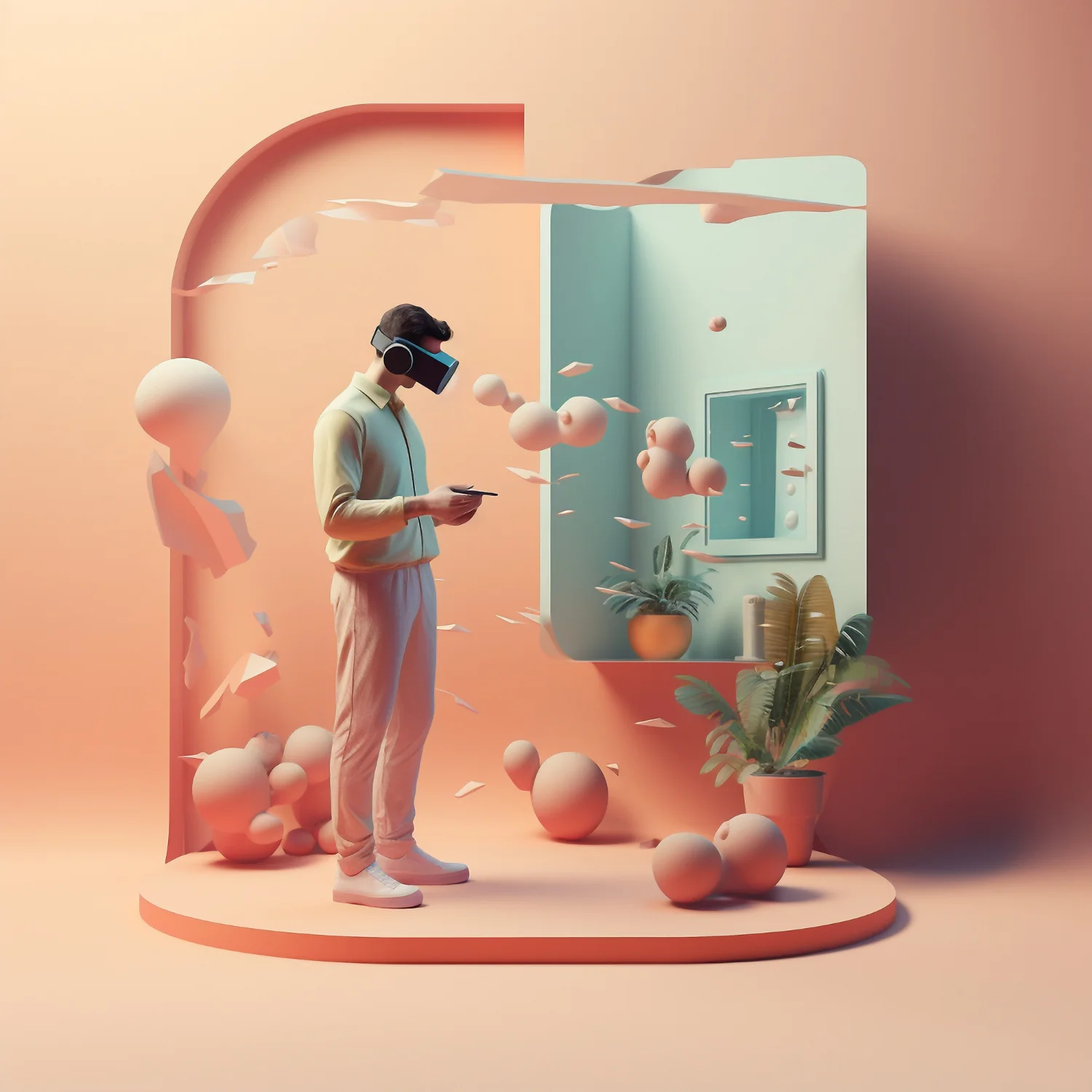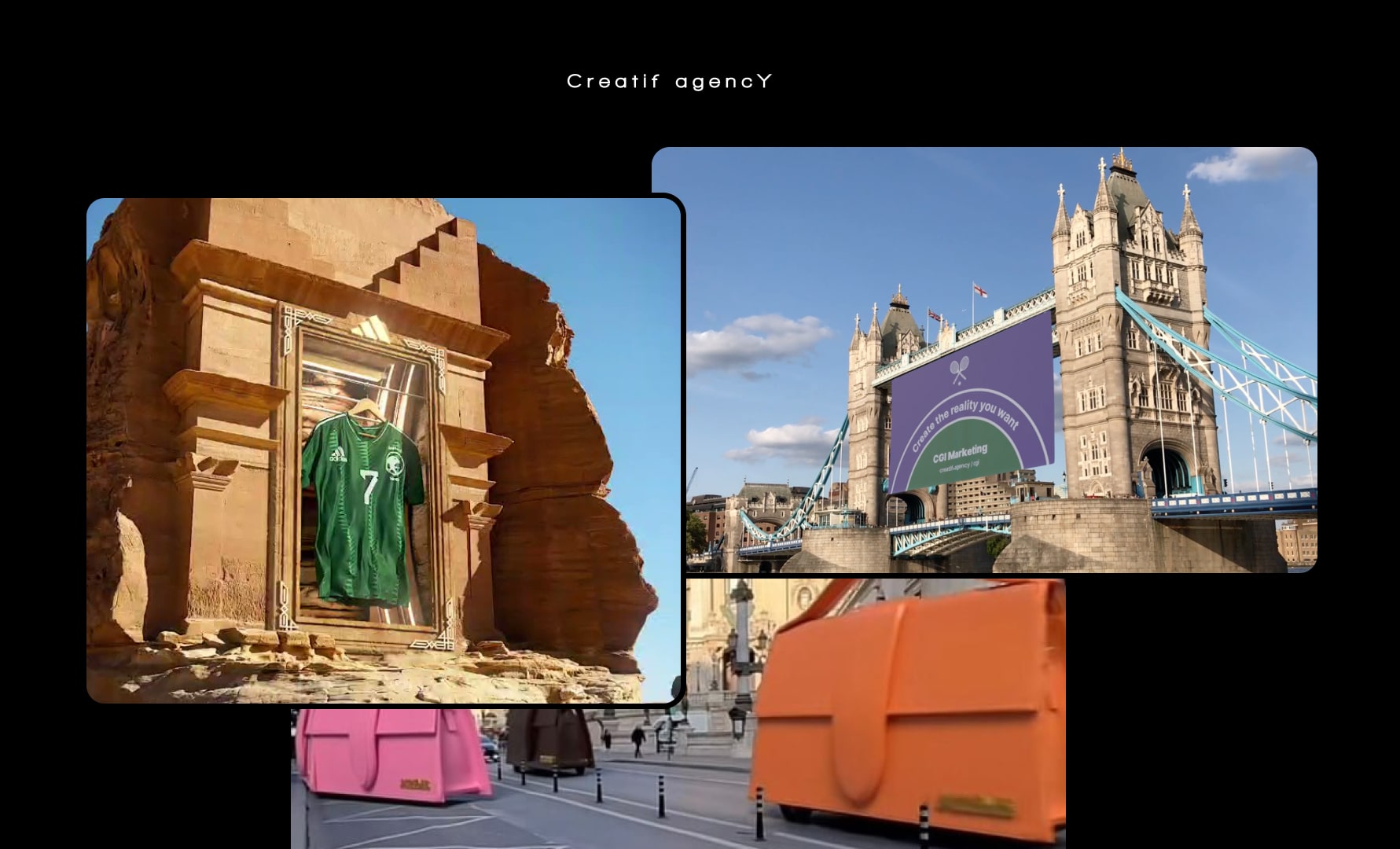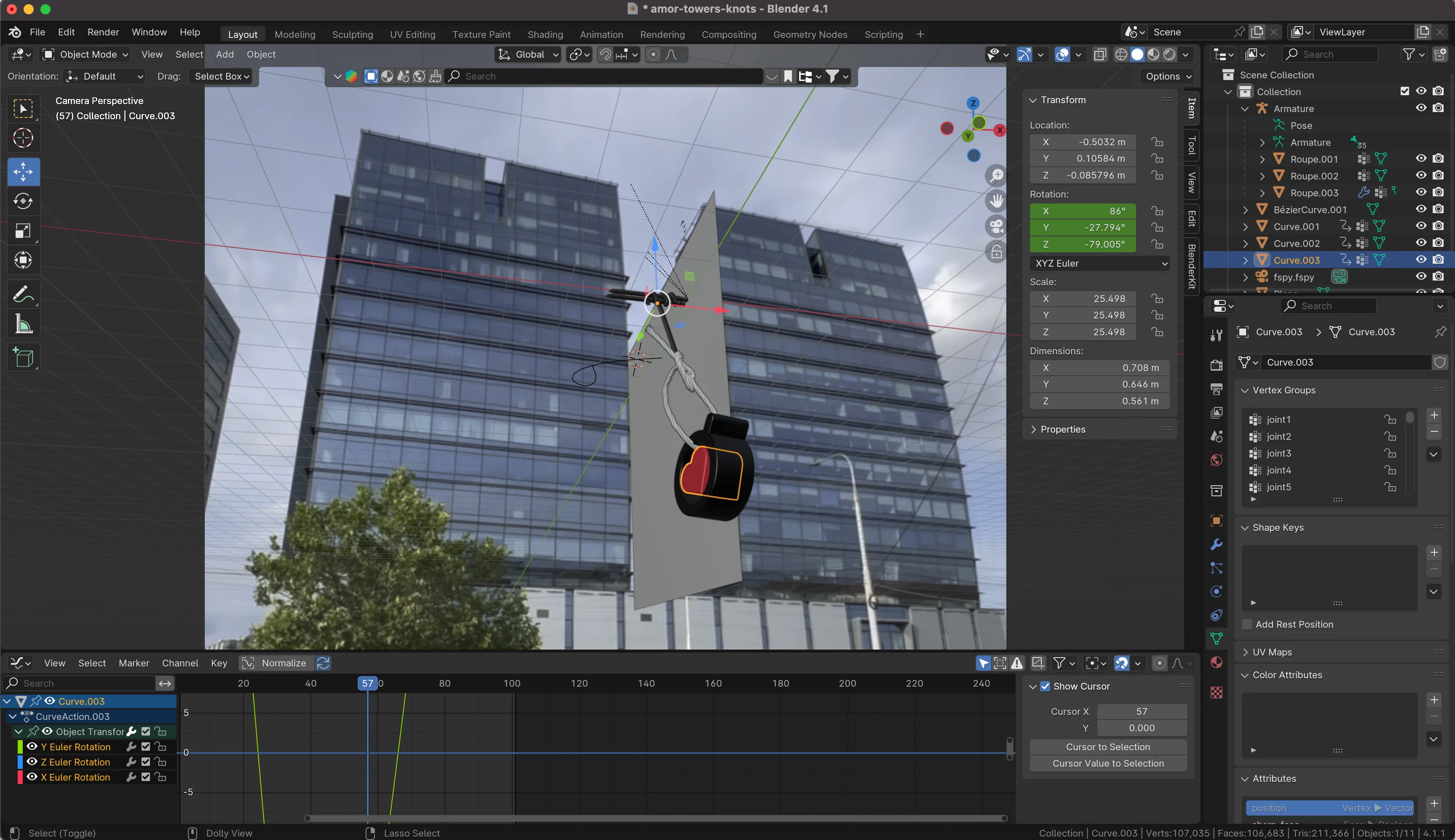CGI Ads – Or how to go viral on social media
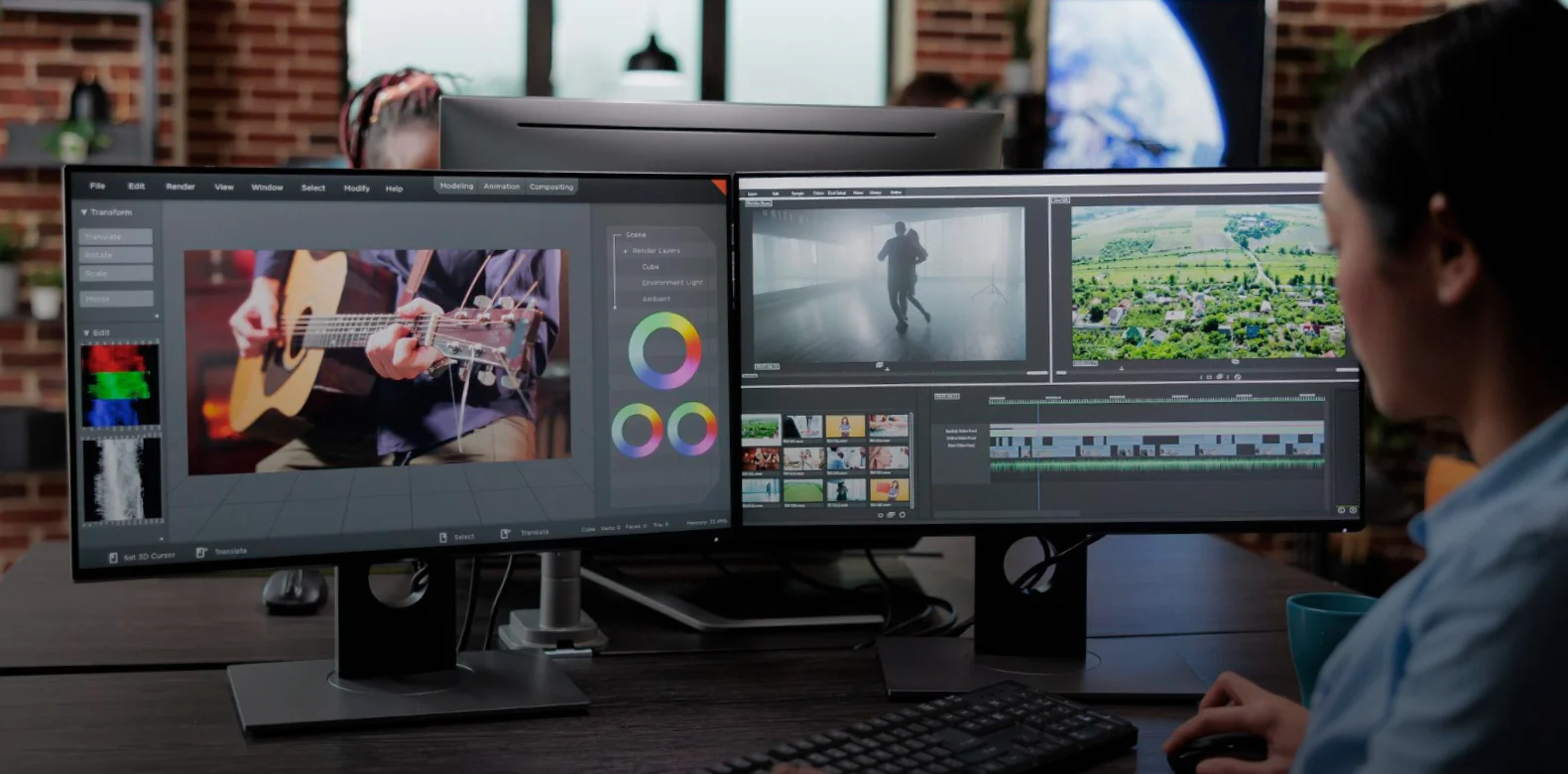
CGI (computer-generated imagery) has revolutionized the advertising industry, enabling brands to create visually stunning and captivating content that resonates with today’s digital-savvy consumers. This article explores the power of CGI in advertising and provides strategies for creating viral CGI ads on social media platforms.
Understanding the Power of CGI in Advertising
The use of CGI in advertising has seen a significant rise in the last year. This technology allows brands to showcase their products or services in ways that were once unimaginable. By leveraging CGI, advertisers can create lifelike and visually striking imagery that captures the attention of consumers and reinforces brand messages with remarkable impact.
The Rise of CGI Ads
In recent years, CGI has gained immense popularity in the advertising industry. From high-budget commercials to social media campaigns, brands are increasingly relying on CGI to create visually stunning content that captivates audiences. With advancements in technology and increasingly affordable CGI solutions, even smaller businesses can now incorporate this powerful tool into their marketing strategies.
One of the key reasons behind the widespread adoption of CGI in advertising is its versatility. CGI allows brands to create immersive and interactive experiences for consumers, whether through dynamic product visualizations, engaging storytelling, or personalized content tailored to individual preferences. This level of customization not only enhances consumer engagement but also enables brands to establish a unique identity in a crowded marketplace.
The Impact of CGI on Consumer Perception
CGI ads have the ability to shape consumer perception in a profound way. By creating compelling visuals that portray a brand’s products or services in the best light possible, CGI enhances brand image and instills a sense of trust and credibility in consumers. This can lead to increased brand awareness, customer loyalty, and ultimately, higher conversion rates.
The Art of Creating Effective CGI Ads
While CGI offers immense potential for advertising, creating effective CGI ads requires careful planning and execution. Here are some key elements to consider:
Key Elements of Successful CGI Ads
Successful CGI ads are not simply about impressive visuals; they also require a strong concept and message. The storyline, emotions portrayed, and the overall brand narrative play a crucial role in capturing the audience’s attention and generating engagement. Additionally, attention to detail in lighting, texture, and animation enhances the overall visual appeal of the ad.
Moreover, successful CGI ads often incorporate elements of surprise or novelty to stand out in a crowded advertising landscape. By introducing unexpected twists or incorporating interactive features, advertisers can create a sense of intrigue that keeps viewers engaged and eager to learn more about the product or service being promoted.
The Role of Storytelling in CGI Advertising
Storytelling is an essential component of successful CGI advertising. By creating narratives that resonate with audiences on an emotional level, advertisers can establish stronger connections and leave a lasting impact. A compelling story combined with visually stunning CGI can evoke powerful emotions, making the ad more memorable and shareable.
In addition to emotional storytelling, successful CGI ads often leverage the power of nostalgia or cultural references to create a sense of familiarity and connection with the audience. By tapping into shared experiences or iconic imagery, advertisers can evoke feelings of nostalgia or nostalgia, making the ad more relatable and engaging for viewers across different demographics.
Strategies for Viral CGI Ads on Social Media
With the ability to reach millions of users, social media platforms are ideal for generating viral CGI ads. Here are a few strategies to help your CGI ad campaigns go viral:
Leveraging Social Media Platforms for CGI Ads
Optimize your CGI ad campaigns for specific social media platforms to maximize their reach and impact. Each platform has its own unique user base and content consumption patterns. By tailoring your CGI ads to fit the characteristics of each platform, you can increase the chances of them going viral.
Engaging the Audience with Interactive CGI Ads
Interactive CGI ads allow users to actively engage with the content, increasing their level of immersion and creating a more memorable experience. Incorporating interactive elements such as clickable hotspots, immersive 360-degree views, and gamification can significantly enhance user engagement and boost the viral potential of your CGI ads.
Moreover, utilizing cutting-edge CGI technology can make your ads stand out in the crowded social media landscape. High-quality visuals, realistic animations, and innovative effects can capture the attention of users scrolling through their feeds, compelling them to stop and interact with your ad. By staying ahead of the curve in terms of CGI advancements, you can create ads that not only go viral but also leave a lasting impression on viewers.
Creating Emotional Connections through Storytelling

Another effective strategy for viral CGI ads is to incorporate storytelling that resonates with the audience on an emotional level. By weaving narratives that evoke empathy, humor, or inspiration, you can forge deeper connections with viewers and make your CGI ads more shareable. Emotionally compelling stories have the power to spark conversations, generate buzz, and drive organic engagement, ultimately increasing the likelihood of your ad going viral.
Measuring the Success of Your CGI Ads
To determine the effectiveness of your CGI ad campaigns, it is essential to track key performance indicators (KPIs). Here are some KPIs to consider:
Key Performance Indicators for CGI Ads
Metrics such as click-through rates, engagement rates, and conversion rates can provide valuable insights into the success of your CGI ads. Analyzing these metrics allows you to measure the impact of your campaigns and make data-driven decisions to optimize future CGI ad strategies.
Click-through rates indicate the percentage of users who clicked on your CGI ad after seeing it. A high click-through rate suggests that your ad is engaging and relevant to your target audience. On the other hand, a low click-through rate may indicate that your ad needs to be optimized for better performance.
The ROI of CGI Advertising on Social Media
Calculating the return on investment (ROI) of your CGI ad campaigns can help justify the allocated resources and budgets. By comparing the costs incurred with the revenue generated or other desired outcomes, you can assess the effectiveness of your CGI ads and make informed decisions on further investments.
Engagement rates measure how actively users interact with your CGI ads, such as likes, comments, and shares. High engagement rates indicate that your ad resonates with your audience and encourages them to take action. By analyzing engagement rates, you can refine your CGI ad content to better connect with your target market and drive desired outcomes.
Future Trends in CGI Advertising
As technology continues to advance, CGI advertising is poised to reach new heights. Here are some emerging trends to keep an eye on:
The Evolution of CGI Technology in Advertising
With advancements in CGI technology, we can expect to see more realistic and immersive visual experiences in advertising. Improved rendering capabilities, enhanced lighting effects, and sophisticated animation techniques will enable advertisers to push the boundaries of creativity and deliver even more captivating CGI content.
The Potential of Augmented Reality and Virtual Reality in CGI Ads
Augmented reality (AR) and virtual reality (VR) technologies hold immense potential in the realm of CGI advertising. These technologies allow brands to provide interactive and immersive experiences to consumers, blurring the line between the real and the virtual. By incorporating AR and VR into CGI ads, brands can create unforgettable experiences that engage and captivate audiences like never before.
Imagine a CGI ad where you can step into a virtual world, exploring a brand’s products or services in a way that feels incredibly real. With AR, you could use your smartphone to see a virtual version of a product superimposed into your own environment, allowing you to visualize how it would fit into your life. VR takes it a step further, transporting you to a completely virtual space where you can interact with the brand’s offerings in a fully immersive way.
For example, a car company could create a CGI ad that allows potential customers to virtually test drive their latest model, experiencing the thrill of the open road without leaving their homes. Or a fashion brand could use AR to let shoppers try on virtual outfits, seeing how they look from every angle before making a purchase. The possibilities are endless, and as AR and VR technologies continue to improve, we can expect to see even more innovative and captivating CGI ads.
In conclusion, CGI ads have the power to go viral on social media and captivate audiences in ways that traditional advertising cannot. By understanding the impact of CGI on consumer perception, employing key elements of successful CGI ads, leveraging social media platforms strategically, measuring campaign success, and staying abreast of evolving trends, brands can unlock the full potential of CGI advertising and create compelling, shareable content that resonates with today’s digital consumers.
Let’s get in touch
Discover Creatif Agency’s CGI ads service. Contact us today and see how we can help your brand go viral on social media.
For more information and to view our portfolio, visit our dedicated service page.


